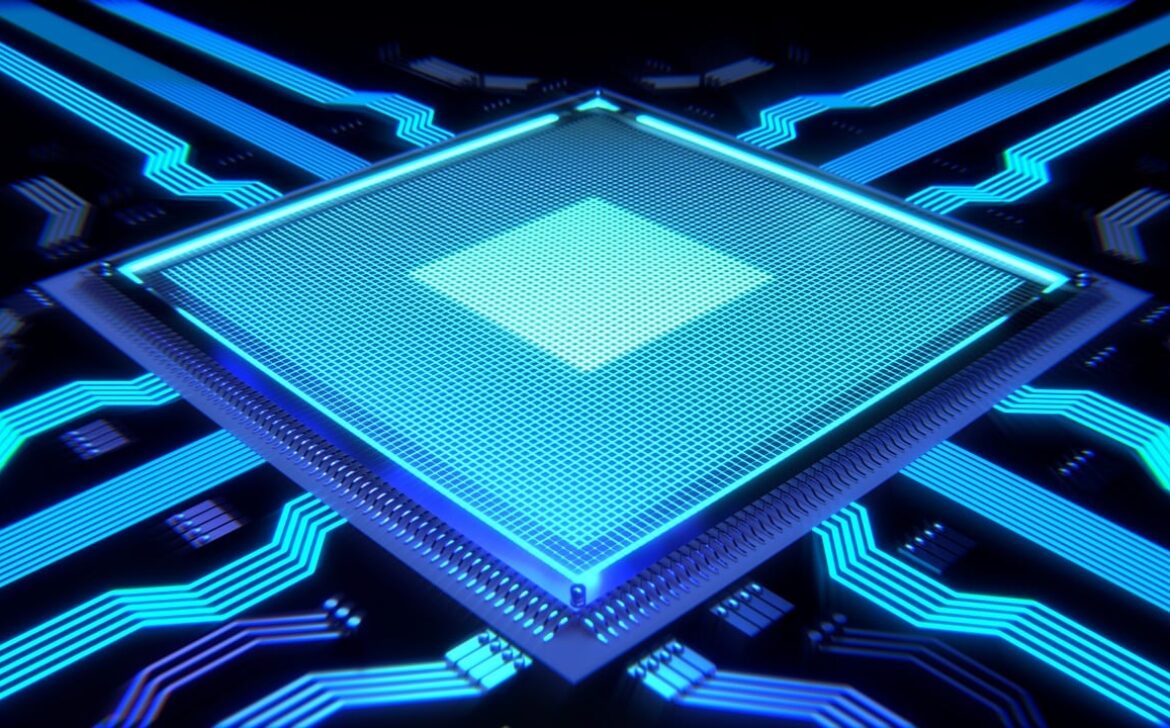Decoding Processors and Their Role in Computing

In the heart of every computing device lies a marvel of engineering: the processor. Often referred to as the “brain” of the computer, processors are the unsung heroes that power our digital world. In this blog post, we’ll dive into the intricate world of processors, exploring their function, evolution, and the vital role they play in shaping the way we interact with technology.
Understanding Processors: The Engine of Computing
At its core, a processor, or central processing unit (CPU), is a piece of hardware responsible for executing instructions in a computer program. It performs a variety of tasks, from simple arithmetic calculations to complex data manipulations, all at lightning speed. A processor’s performance is measured by factors like clock speed, the number of cores, cache size, and its microarchitecture.
Evolution of Processors: From Microprocessors to Multicore
The history of processors is a tale of relentless innovation. Early computers had basic processors that operated at slow speeds, but with time, advancements in semiconductor technology enabled the creation of microprocessors – integrated circuits that contained all the necessary components of a CPU on a single chip. This compact design revolutionized computing, making personal computers accessible to the masses.
As demands for computing power grew, the industry embraced multicore processors. Rather than relying on a single core to handle all tasks, multicore processors feature multiple cores that can execute instructions independently, significantly boosting performance for multitasking and parallel processing.
Processor Microarchitecture: The Inner Workings Unveiled
Processor microarchitecture refers to the internal design and organization of a CPU. Key elements include:
- Fetch-Decode-Execute Cycle: This fundamental process involves fetching instructions from memory, decoding them into commands, and executing those commands.
- Registers: These are small, fast storage areas within the CPU that hold frequently used data and instructions, reducing the need to access slower main memory.
- Arithmetic Logic Unit (ALU): The ALU performs arithmetic calculations (addition, subtraction, etc.) and logical operations (AND, OR, etc.) based on instructions.
- Control Unit: Responsible for managing and coordinating the activities of other hardware components, the control unit ensures instructions are executed in the correct sequence.
The Impact of Processors: Powering the Digital Landscape
Processors are integral to numerous technological advancements:
- Personal Computing: Processors drive everything from web browsing and email to graphics-intensive gaming on personal computers.
- Mobile Devices: In smartphones and tablets, processors ensure seamless multitasking, high-definition video playback, and quick app loading.
- Artificial Intelligence (AI): Modern processors with specialized instructions accelerate AI tasks like image recognition and natural language processing.
- Scientific Research: High-performance processors enable complex simulations, weather forecasting, and gene sequencing in scientific endeavors.
- Data Centers: In server environments, processors support cloud computing, big data analytics, and hosting of online services.
Challenges and Innovations
Processors continue to face challenges:
- Heat Dissipation: High-performance processors generate significant heat, necessitating advanced cooling solutions.
- Energy Efficiency: Balancing processing power with energy consumption is a key challenge, particularly in mobile devices and data centers.
Innovations focus on improving performance, efficiency, and compatibility:
- Advanced Manufacturing Nodes: Shrinking transistor sizes through advancements like nanometer-scale manufacturing nodes enhances performance while reducing power consumption.
- Specialized Accelerators: CPUs are now often complemented by specialized hardware, such as GPUs (graphics processing units) for parallel processing and AI accelerators for machine learning tasks.

